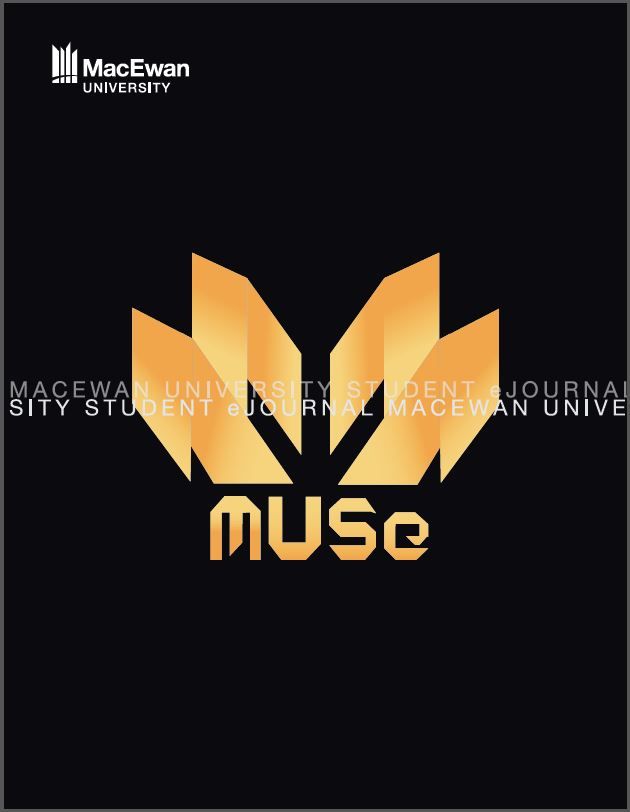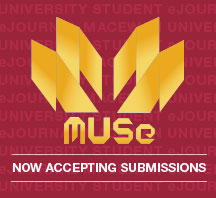Change in The Canadian Midwest: An Analysis of Land in Edmonton
DOI:
https://doi.org/10.31542/ea8tc405Abstract
In this paper, I analyse the usage and layout of land in Edmonton, its impacts on the city’s growth and future, and propose potential solutions to the city’s current problems. Zoning is one specific area that will cause the council many political issues in the coming years. In city planning, “zoning” refers to how cities divide land into areas called “zones.” These zones typically have different regulations regarding how developers can use land and what buildings they can build. Recently, outdated zoning laws have hindered Edmonton’s climate goals and development in urban areas, which I will show in this paper.
Even after zoning reform, the public remains concerned about the influence of big-money developers. However, Edmontonians are also uneasy about a more significant tax burden due to economic uncertainty. I propose regular 20-year zoning bylaw revisions, creating an inventory of unutilised and underutilised public land, and taking steps towards common land ownership. These solutions combine Edmonton’s future with current sustainability and development goals in mind. I also propose the creation of a land value tax and will show why it would be the most viable source of revenue for the city. This would reshape land ownership in Edmonton and Canada while boosting potential government resources.
Downloads
Published
Issue
Section
License
Copyright (c) 2025 Matt Clark

This work is licensed under a Creative Commons Attribution-NonCommercial 4.0 International License.
By publishing works in MUSe, authors and creators retain copyright under a Creative Commons Attribution NonCommercial (CC BY-NC) license, which allows others to share these works for non-commercial purposes as long as credit is given. The MUSe Editorial Board reserves the right to make copy-editing changes to works prior to publication to ensure they conform to the publication's style and quality standards. The Editorial Board also reserves the right to archive published submissions in MacEwan University's institutional repository, RO@M.



